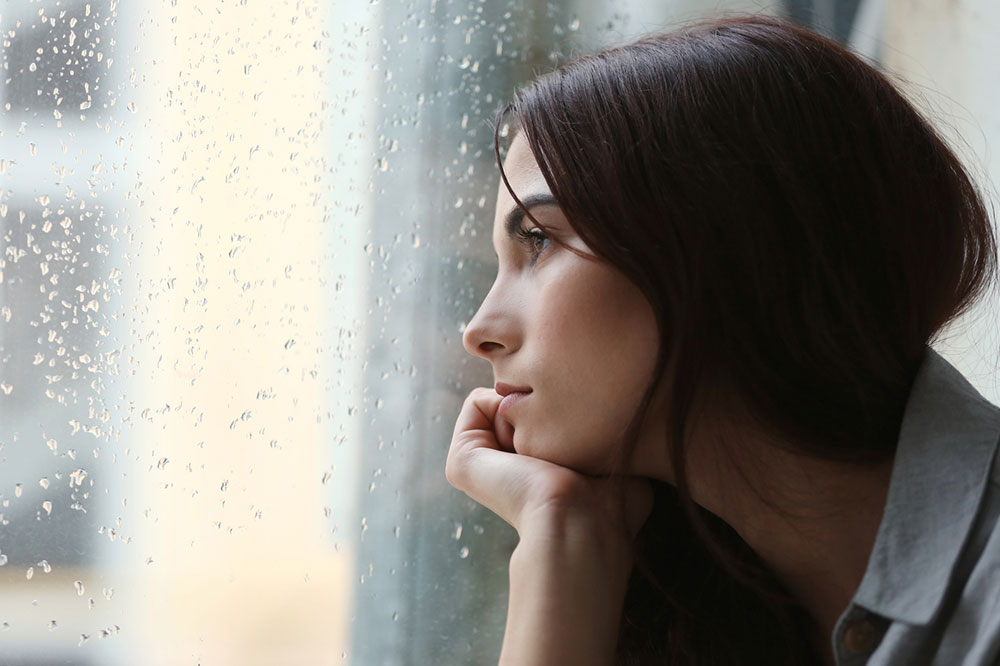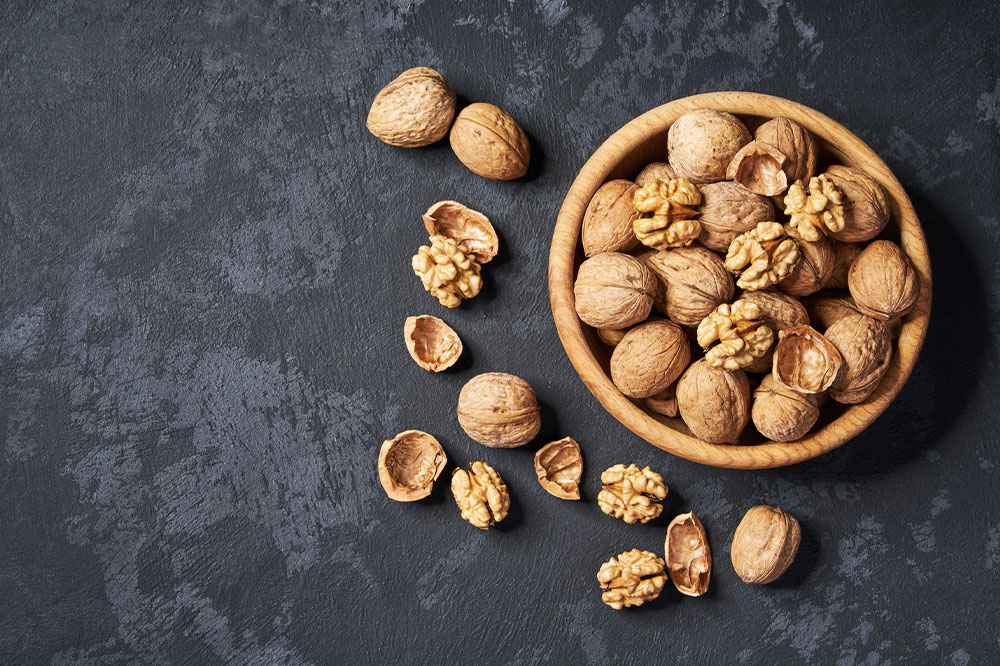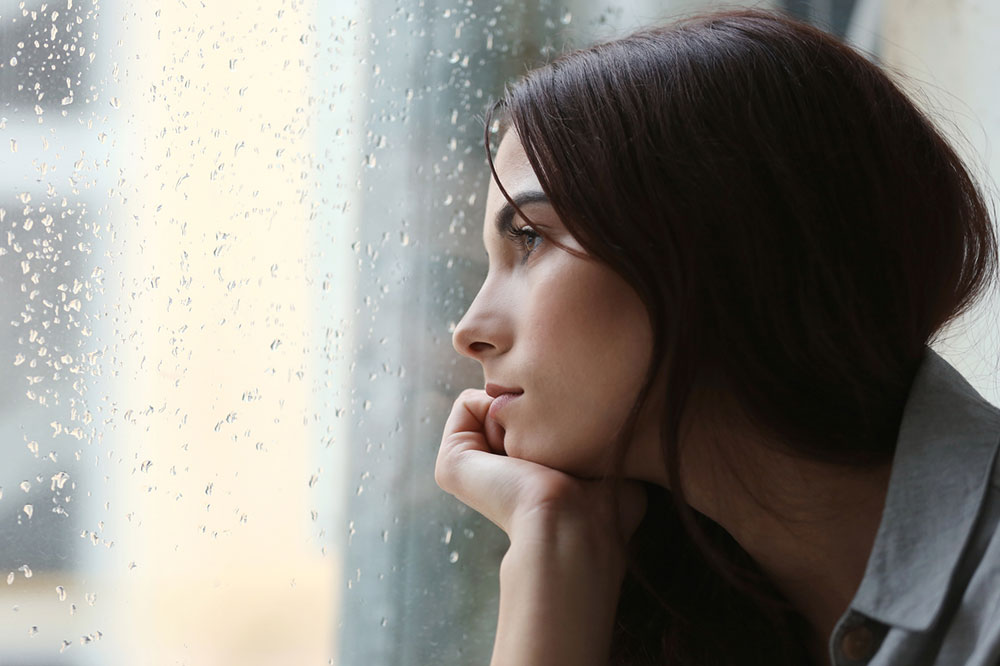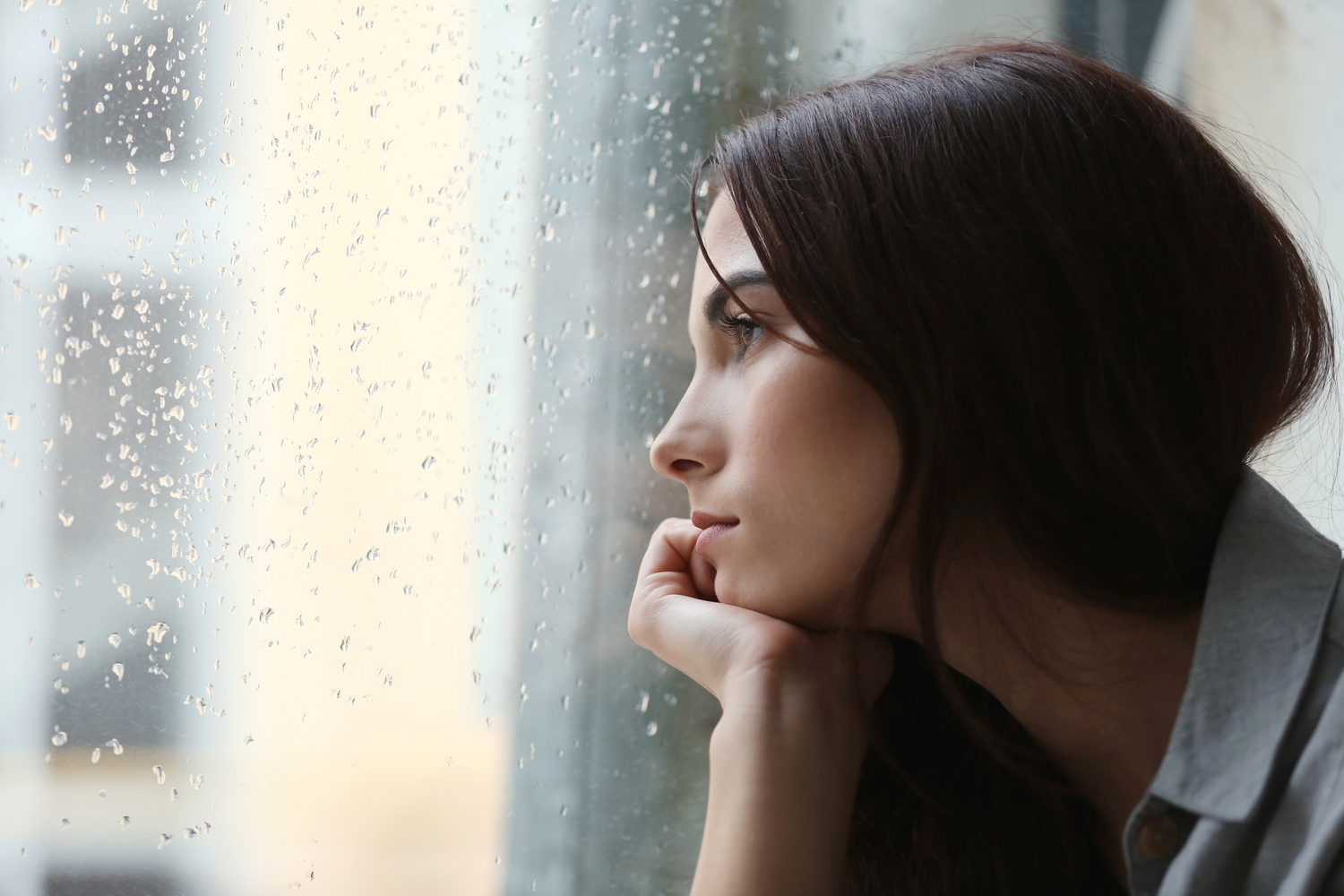Top Nine Types of Depression Everyone Should Know
Learn about the nine prevalent types of depression, their symptoms, and how they impact lives. This overview offers essential insights to better understand this complex mental health condition and recognize early signs for seeking appropriate help.

Top Nine Types of Depression Everyone Should Know
Feeling down or unmotivated occasionally is normal, but persistent feelings of sadness or disinterest may indicate depression, a complex mood disorder that influences thoughts, emotions, and behaviors. Its symptoms can range from fatigue and hopelessness to suicidal thoughts. Understanding the various forms of depression helps in recognizing and managing this mental health condition effectively. Below are nine common types of depression to familiarize yourself with, highlighting their unique features and impacts.
Major Depression (Clinical Depression)
This form is marked by ongoing sadness or a lack of interest in daily activities and social interactions. Symptoms persist for at least two weeks and can include exhaustion, feelings of despair, and suicidal ideation.
Dysthymia (Persistent Depressive Disorder)
A chronic mood disorder lasting years, dysthymia can interfere with daily functioning and relationships. Individuals often appear pessimistic or gloomy, struggling to feel happiness even in usual pleasurable situations.
Bipolar Disorder (Manic-Depressive Illness)
This condition involves extreme mood swings ranging from high euphoria to deep depression within weeks. Episodes of depression often follow or precede manic phases, significantly disrupting daily life.
Postpartum Depression
Triggered by hormonal shifts after childbirth, this depression can cause sadness, tearfulness, and fatigue. Symptoms commonly resolve within weeks postpartum.
Seasonal Affective Disorder (SAD)
Symptoms emerge with seasonal changes, particularly during winter. Individuals may feel increasingly depressed and even develop suicidal thoughts as the season progresses.
Psychotic Depression
In some cases of severe depression, individuals experience hallucinations and delusions, losing touch with reality alongside typical depressive symptoms.
Premenstrual Dysphoric Disorder (PMDD)
A hormonal fluctuation-related disorder that occurs cyclically, PMDD is an intense form of PMS affecting about 5% of women, often disrupting their social and daily functioning.
Atypical Depression
Characterized by mood improvements following positive events, atypical depression features oversleeping, overeating, irritability, and relationship issues, making it less traditional in presentation.
Situational Depression
Important Notice:
This article's health-related information, including symptoms and treatment options, is intended solely for educational purposes. It should not be considered medical advice. Always consult qualified healthcare professionals for diagnosis and appropriate treatment. Use discretion and do not substitute professional guidance for the information provided here.










